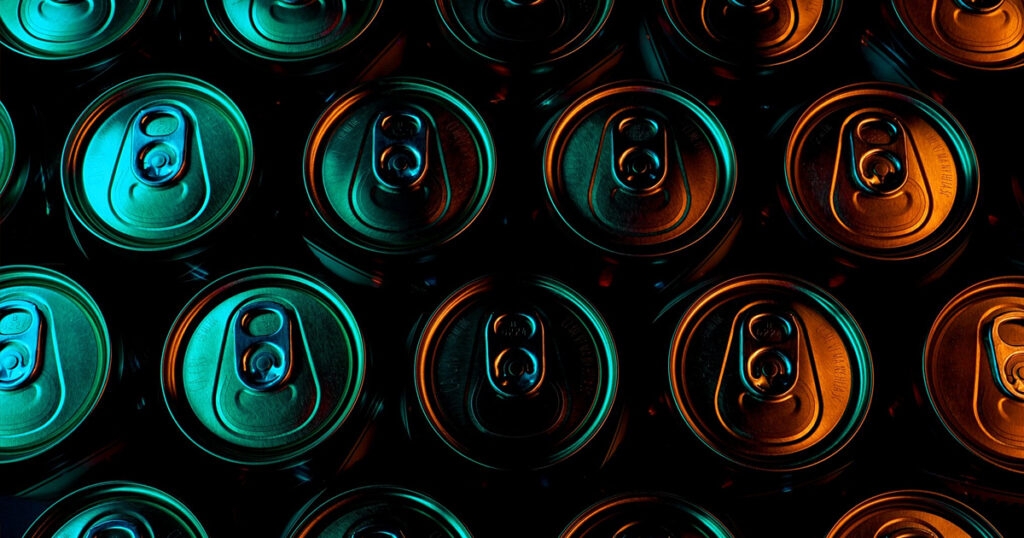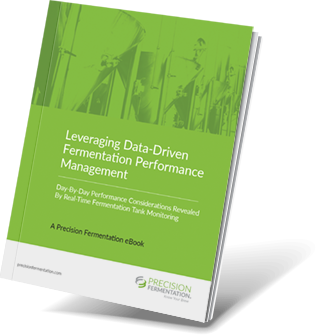Beer Trends 2022

2022 brings a new wave of beer trends as the pandemic’s unpredictability remains a recent memory across the brewing industry’s production, distribution, and marketing segments. Modern taprooms and breweries have considered alternative ingredients, technologies, and practices that could redefine and refine beer branding in the years ahead.
Synthesized Ingredients Become a Hit in The Beer Market
Climate change remains a challenge for breweries, affecting the growth and yield of crops such as yeast and hops. Some beer market suppliers have turned to synthetic liquid products to recreate the aroma and flavors commonly associated with the tropical taste of IPAs.
For instance, Phantasm NZ developed Phantasm Powder, a beer product derived from the skin of New Zealand Marlborough Sauvignon Blanc grapes. The extract contains Thiol precursors, which produce a tropical fragrance when used in active fermentation. It’s not widely available from the manufacturer yet, though some breweries have access to it through secondary markets. If you get a chance to experiment with Phantasm Powder, it may be worthwhile to treat it like a biotransformation dry-hop. We suggest adding it in the fermenter during mid-to-late fermentation. That will allow your yeast time to consume any dissolved oxygen added by the product, and transform those thiol precursors into intense tropical aromas.
Craft Beer Trends Targeting Health Conscious Crowd
The health-related fears of the pandemic have led to the increased public interest in health concerns, resulting in consumer practices such as moderate drinking habits. As such, craft lagers have become more popular among the mainstream crowd as they contain lowered concentrations of alcohol and calories.
Lagers align a little more naturally with the ongoing health and wellness trend compared to other brewed products. Some breweries have leveraged the lager trend, promoting more exotic brews as alternatives to mainstream options. These lager offerings include the light and drinkable Helles lager and various other European selections with a traditional twist.
Additionally, brewers have focused on producing easy-to-drink beers with lower alcohol content, while some companies prepare a broad range of flavors in nonalcoholic beer that has become popular among millennials. Breweries have launched nonalcoholic beer variety packs for health-conscious crowds and may continue to deliver similar products throughout the year. Production of non-alcoholic beverages requires more precise control over attenuation, sugar content, and alcohol production in order to stay within the legal framework and maintain quality. Continuous monitoring of non-alcoholic beverages can remove some of the guesswork of this ongoing trend.
IPA Might Lose Some Traction
IPA remains one of the most appreciated beer types in America. However, consumer trends suggest a slight deviation. While some experts believe IPA will stay in top demand, it may be with some consumers opting for subcategories that include imperial and hazy styles.
Specifically, consumers have shown increased interest in hazy IPA, where a larger number of breweries have joined in the production, providing broader product options. Renowned breweries like Samuel Adams and Sierra Nevada have started producing shelf-stable hazy IPAs and distributed them nationwide. The IPA trend could continue through 2022 and beyond.
A More Inclusive Consumer Base and Industry
Market research shows gradual shifts in beer consumerism to a more diverse audience. A recent Brewers Association demographic report showed that the number of female drinkers under the age of twenty-five had overtaken males in the same age category.
In the workplace, brewers like Brave Noise initiative are aiming to create a discrimination-free beer industry. Campaign supporters have termed the move a “Bevolution,” honoring proponents of social justice in gender discrimination and raising awareness around issues impacting historically discriminated individuals within the industry.
Advanced Technology in Brewing
Modern breweries are turning to advanced software to stay ahead of the competition. These platforms provide brewers with automated and efficient features that account for the various factors that shape the industry.
Global craft beer trends have shown increased competition among companies, such as the craft beer technology in brewing. Brewers have turned to user-friendly, centralized, and data-driven solutions to optimally monitor each stage of the brewing and fermentation process during production.
Revolutionary fermentation monitoring platforms like Precision Fermentation’s BrewMonitor® System are providing insightful real-time data. Specifically, Precision Fermentation offers continuous monitoring, an upgrade from traditional sampling techniques that give a snapshot of brewed batches, which affect the accuracy of quality assessments.
With the BrewMonitor®, brewers can measure and benchmark critical brewing data in real-time from a single platform. The advanced platform offers a detailed view of dissolved oxygen, pH, gravity, pressure, fluid temperature, ambient temperature, and conductivity so brewers can maintain the desired conditions for quality products anytime and anywhere.
Smaller brewing companies (i.e., microbreweries) may turn to advanced technology to stay competitive against bigger and more established brands. Automated processes, such as end-to-end fermentation monitoring and management software, enable the smallest breweries to optimize their fermentation processes and batch quality despite the most trying times.
Through an accessible mobile dashboard, brewers can quickly identify areas for improvement throughout the fermentation life cycle and make the necessary adjustments via a reliable tech stack. Brewers can further optimize their operations by connecting their fermentation monitoring platforms with a business management software that extracts and interprets metrics for growth-driven business intelligence.
Closing Thoughts
The brewing industry will continue reinventing itself, in part to keep up with consumer and market trends. Brewing companies may leverage alternate technologies to keep up with the rapidly shifting demands, maintaining top batch quality from any location.
Additionally, as with most modern industries, consumers and professionals have gravitated toward inclusiveness and a greater sense of values and lifestyle that will reshape the effectiveness of future marketing campaigns among brewers.
Learn more about how to leverage data to optimize your fermentation process.
Free eBook: Leveraging Data-Driven Fermentation Performance Management
Can fermentation management be improved, as a process? This eBook explores, in detail, how fermentation performance data analysis helps elevate product and business outcomes in a modern brewery, whether brewpub, microbrewery or regional craft brewer.
You will learn:
- Day-by-day performance considerations – learned through the extensive examination of real-time fermentation tank data.
- Key recommendations from the Precision Fermentation science team at each major step of fermentation – “Day zero” (i.e. before you pitch your yeast), the first 24 hours, and day two through the end of fermentation.
- Best practices – Activity to watch out for, broken down by each key measurement – Dissolved oxygen, gravity, pH, pressure, internal/external temperature, and conductivity.
- Key findings that can help you solve problems and improve your results.


